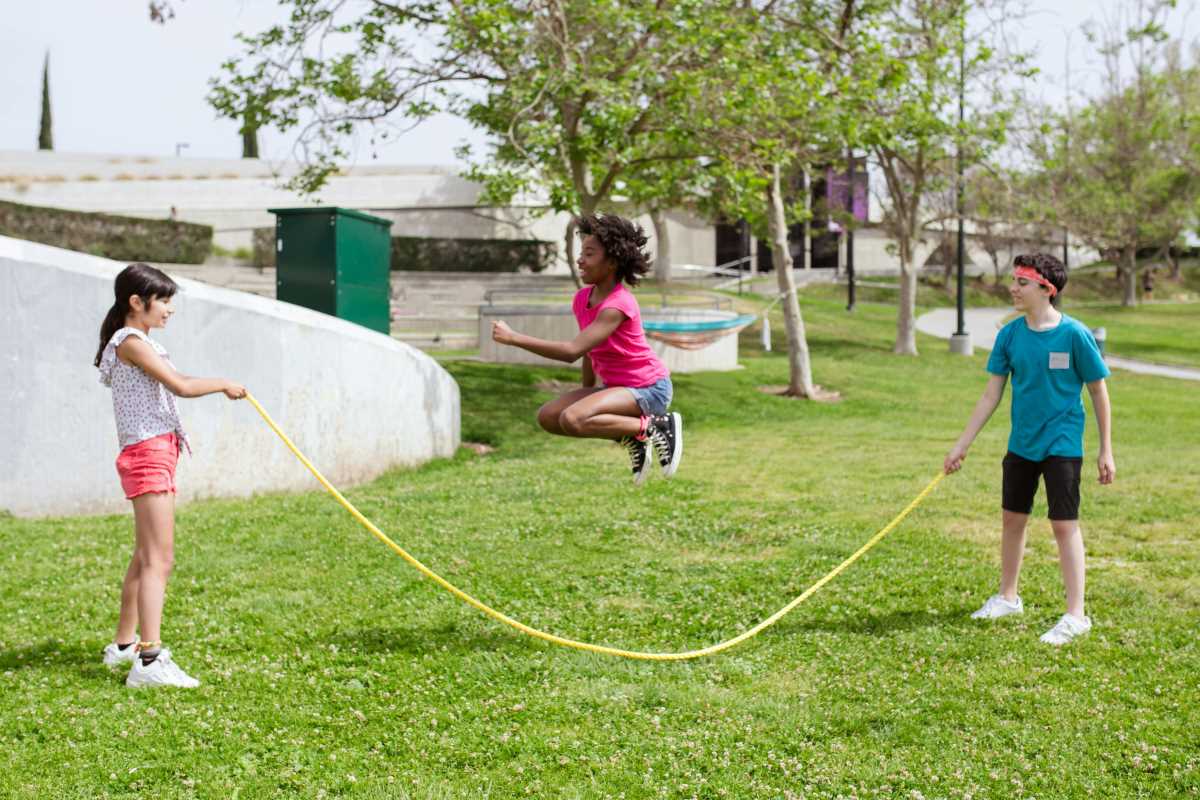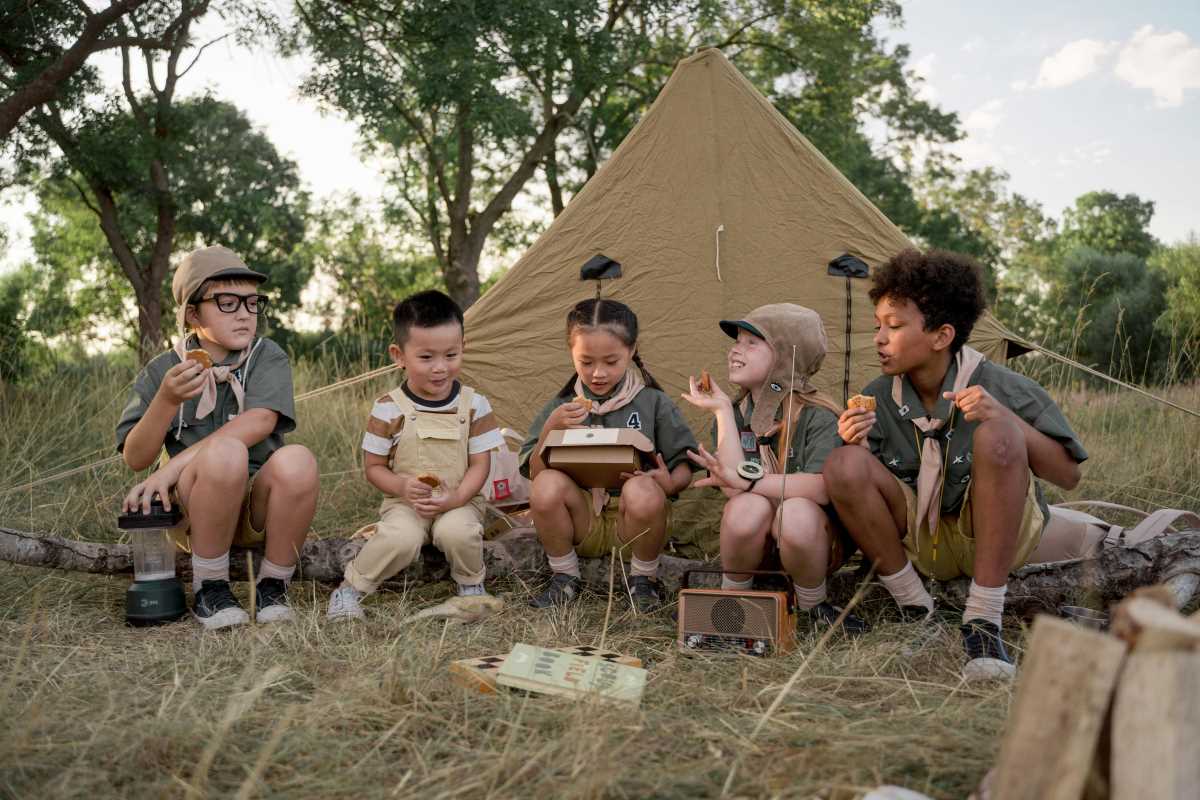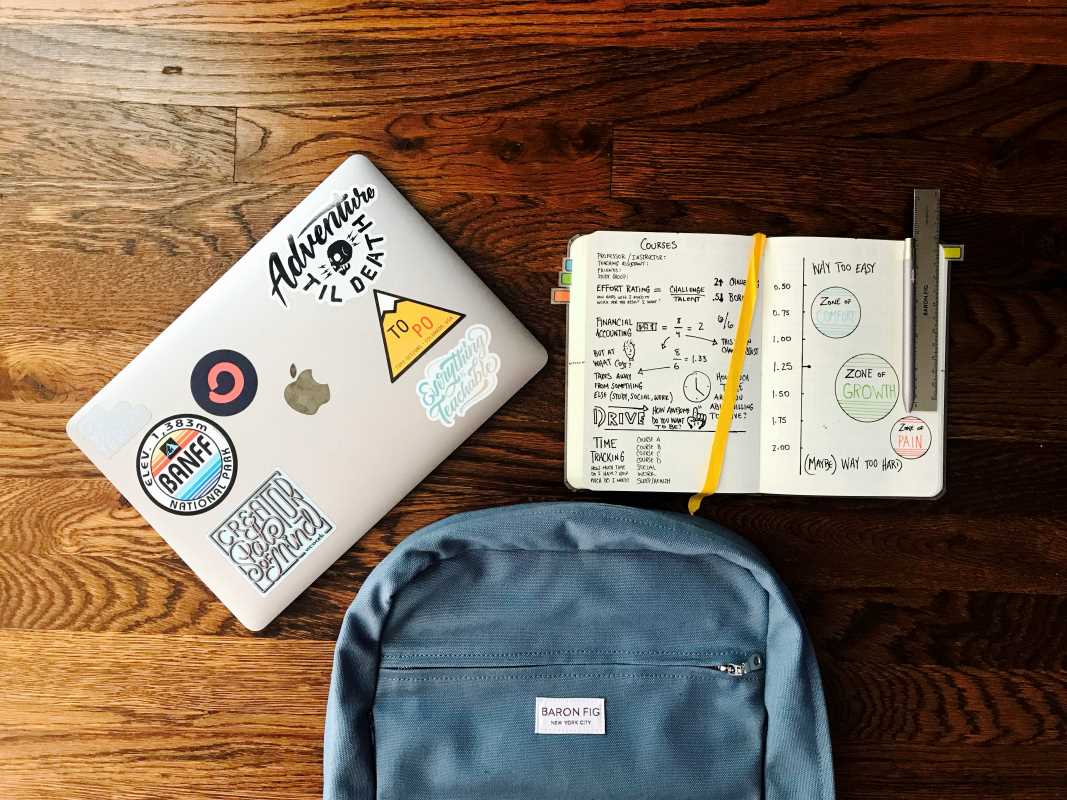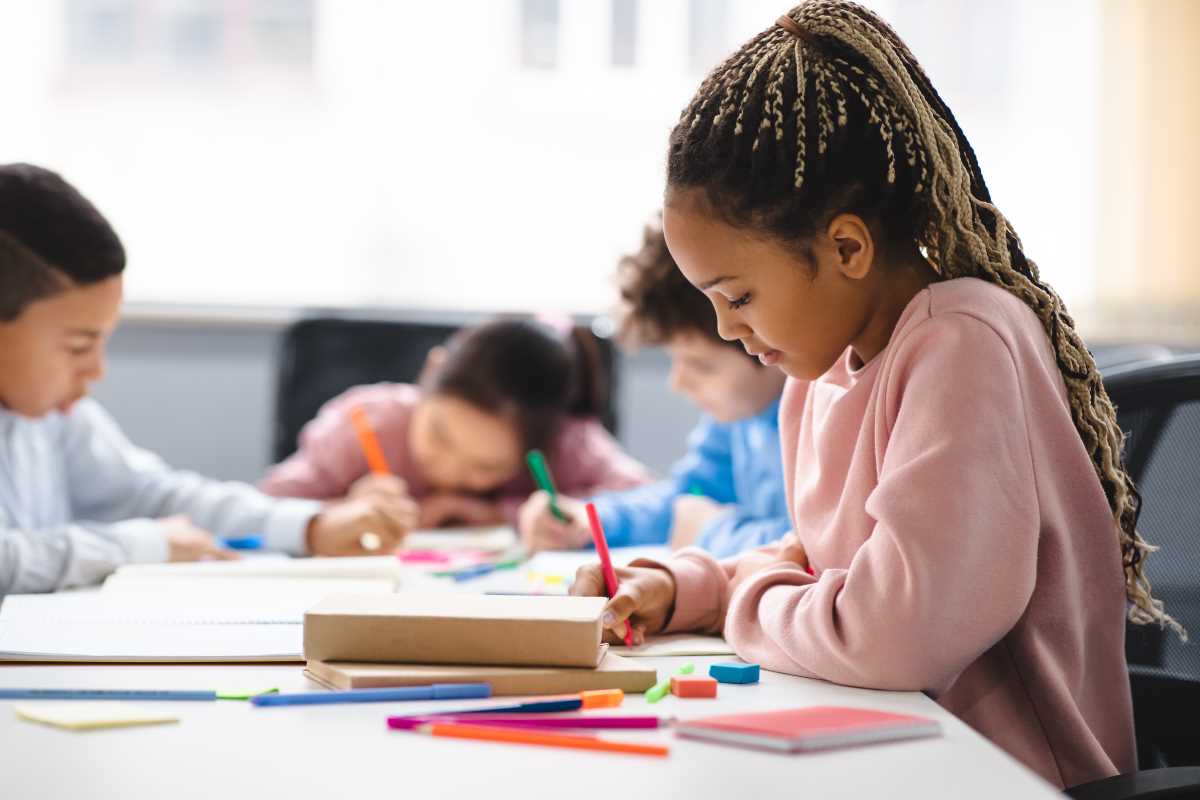Every child learns in their own way. While schools might offer a one-size-fits-all approach, children thrive when their unique learning styles are recognized and supported at home. By understanding how your child learns best, you can play a powerful role in nurturing their strengths, building their confidence, and creating an environment that fosters growth. Here’s how you can unlock your child’s full potential by identifying and supporting their learning preferences.
Identifying Different Learning Styles
Learning styles refer to the preferred ways individuals absorb, process, and retain information. While everyone uses a mix of styles, most children show a natural preference for one or two. Recognizing these preferences can help you tailor your support to them in school and daily life. The most common learning styles include:
Visual Learners
Visual learners think in images and often gravitate toward colors, diagrams, and illustrations. They process information best when it’s presented visually and tend to excel when they can visualize concepts.
Key Characteristics of Visual Learners:
- They may prefer looking at charts, graphs, or pictures to understand complex ideas.
- They remember faces better than names.
- They’re likely to enjoy drawing, doodling, or finding creative ways to visually showcase their ideas.
Example:
Imagine helping your child understand the solar system. Visual learners might benefit from a large, colorful diagram or a 3D model of the planets. You could also use labeled visual aids and encourage them to sketch their own representation of the solar system.
Auditory Learners
Auditory learners learn best through sound. For these children, listening to explanations, participating in discussions, or using rhythmic patterns can make learning easier and more enjoyable.
Key Characteristics of Auditory Learners:
- They often enjoy storytelling and asking questions during lectures or instruction.
- They retain information better when it’s explained out loud rather than written down.
- They may hum, tap, or talk as they process information.
Example:
If your child is learning multiplication tables, try turning them into a catchy song or rhyme. Hearing the rhythm or beat can make the memorization process both effective and fun.
Kinesthetic Learners
Kinesthetic learners are hands-on and learn by doing. They thrive when they can engage with materials physically, whether it’s by building models, conducting experiments, or practicing a skill through movement.
Key Characteristics of Kinesthetic Learners:
- They may struggle with sitting still for long periods but excel during active learning sessions.
- They enjoy sports, drama, or lab-based projects that involve physical activity.
- They often rely on muscle memory to grasp concepts, like typing or playing instruments.
Example:
When studying geography, kinesthetic learners might benefit from building a topographical map out of modeling clay. Another option could be creating a scavenger hunt where they identify different geographical features.
Reading/Writing Learners
This group of learners prefers absorbing information through text-based methods. They excel when they can read, write, and organize thoughts in written words.
Key Characteristics of Reading/Writing Learners:
- They enjoy activities like journaling, reading books, or making detailed notes.
- They grasp instructions better in written form than through verbal directions.
- They may love writing essays, making lists, or engaging with written activities like crossword puzzles.
Example:
If your child is learning about history, provide them with interesting biographies or historical journals to read. Encourage them to take notes, write summaries, or even create their own timeline of events.
How to Recognize Your Child’s Learning Style
Discovering your child’s learning style doesn’t require formal testing. You can observe their preferences by paying attention to how they play, complete homework, or express themselves during everyday activities. Ask yourself questions like these:
- Do they spend hours illustrating their ideas in vivid detail, or do they prefer quiet time with a book?
- Do they sing tunes to themselves while playing or enthusiastically join verbal storytelling games?
- Are they often on the move, whether running, jumping, or building something with their hands?
- Do they gravitate toward writing lists, keeping journals, or creating content in a text-heavy format?
Take note of their favorite activities, how they respond to different teaching methods, and the tools they naturally reach for. These observations will guide you in tailoring their learning environment.
Tailoring Your Support at Home
Once you’ve identified your child’s learning style, you can start creating personalized strategies to support them. Adapting your approach doesn’t have to be complicated. Small changes in how you present information or engage in activities can make a significant impact. Below are expanded strategies for each learning style:
Visual Learners
- Use vivid, colorful mind maps to outline study topics. Mind mapping helps organize thoughts in a structured yet visually appealing way.
- Introduce online educational videos, animations, or documentaries relevant to their subjects.
- Encourage them to create posters, drawings, or infographics about what they’re learning. This visually reinforces concepts.
Tip:
If they’re learning grammar rules, print or draw charts that categorize different parts of speech. For example, color-code nouns, verbs, and adjectives so they can visualize these relationships more clearly.
Auditory Learners
- Recite study materials aloud and have discussions afterward to cement understanding.
- Invest in audiobooks or podcasts that align with their school curriculum or personal interests.
- Encourage them to record themselves summarizing topics out loud, then replay the recordings to reinforce the lessons.
Tip:
When studying language skills, practice vocabulary by saying words aloud and coming up with rhymes or songs to remember definitions. Collaborative discussions about characters or themes in books can also work wonders.
Kinesthetic Learners
- Include physical elements in their learning process, such as blocks, models, or manipulatives.
- Break study sessions into smaller chunks and incorporate short movement breaks to maintain focus.
- Use interactive educational tools like apps or games that allow active participation.
Tip:
For math concepts, consider using items like measuring cups for fractions or puzzles that require manipulation. Engaging the body makes abstract ideas more concrete.
Reading/Writing Learners
- Provide enjoyable fiction and nonfiction books that relate to their interests and current school topics.
- Encourage journaling or diary-keeping and suggest that they draft their written thoughts into stories, essays, or creative portfolios.
- Use structured outlines to help them organize detailed, well-thought-out written responses.
Tip:
Flashcards and self-written summaries are incredibly effective tools for reading/writing learners. For example, encourage them to outline a book chapter by writing study notes in their own words.
Blending Strategies for Well-Rounded Growth
While your child might have a dominant learning style, most children benefit from a blend of approaches. For example, a visual learner may still appreciate an engaging song for memorization, or an auditory learner may benefit from sketching diagrams to supplement their understanding. Experiment with combining strategies to suit both your child’s needs and the subject matter.
Example:
If you’re teaching basic science concepts, you could start with a colorful diagram (visual), explain it using a simple rhyme (auditory), and follow up with a hands-on experiment (kinesthetic). This integrated approach helps ensure the information is accessible and retained.
Boosting Confidence and Motivation
Tailoring your support to your child’s learning style communicates an important message to them: their way of thinking is valued. This validation does more than improve academic results; it nurtures self-esteem and enthusiasm for learning.
Encourage Autonomy:
Give your child opportunities to make choices about how they learn. Whether picking a book or deciding which tools help them the most, this freedom builds confidence and makes them feel respected.
Celebrate Progress:
Always celebrate even the smallest achievements. If they grasp a challenging concept through a preferred learning method, acknowledge that success. Positive reinforcement motivates them to stick with it.
Stay curious, be patient, and continue experimenting with ways to make learning enjoyable. Your encouragement and tailored support can spark a lifelong love for learning.
 (Image via
(Image via





